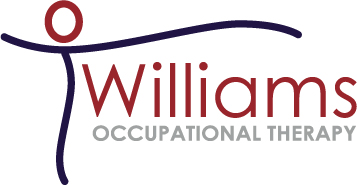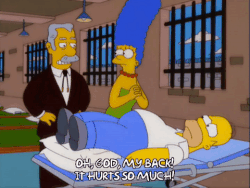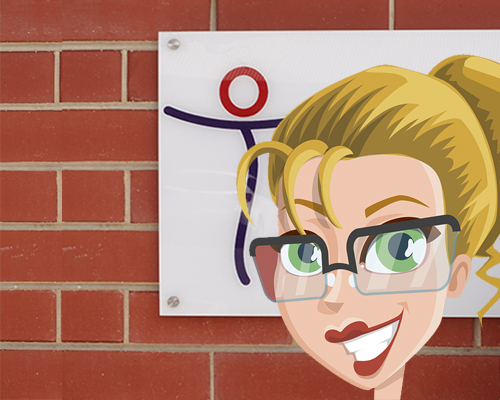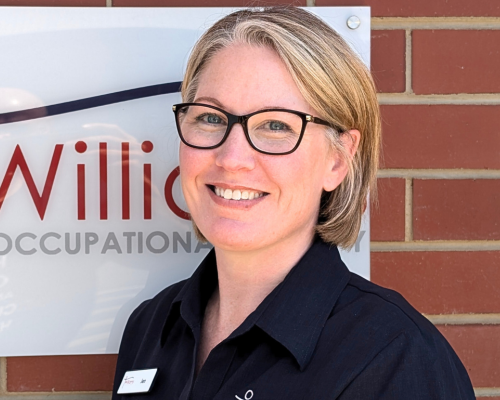Back Pain and Driving
When you have back pain, I mean a really, REALLY sore back, just about everything hurts. Even sitting down can be painful. Mix that with driving and it can be debilitating.
Back pain has been the problem for many Williams Occupational Therapy clients over the years. We are going to share two stories to show how two things appear similar, but need a different approach. They both were suffering from significant back injuries that were not just hampering their ability to return-to-work; the pain was also substantially impacting on their daily lives.
Both clients were suffering from significant back injuries that were not just hampering their ability to return-to-work; the pain was also substantially impacting on their daily lives.
Our first client, let’s call her “W”, lives in a South Australian country town more than an hour from Adelaide. W was struggling to get to and from medical appointments; She couldn’t sit behind the steering wheel for the hour it took to reach Adelaide and certainly couldn’t cope with the rigors of heavy multi-lane traffic and peak hour congestion. RTWSA (Return to Work SA) providers had to pay for taxis for these long return trips to and from her regular city-based specialist medical appointments, which was very costly to the insurance company.
Our second client, “N,” lives in the outer suburbs of Adelaide. N suffers significant pain throughout his back and shoulder as a result of a very bad fall. The pain was so intense that RTWSA restricted N to drive for no more than 20 minutes. N’s work was over 30-minutes away, sometimes even 45-50 minutes in peak hour traffic.
Obviously, the pain W and N were suffering meant that both couldn’t return to work. But, more than that, both were severely impacted in their daily lives as well. They had significantly reduced capacity for doing things that most of us take for granted – going to the supermarket, the bank or post office, and even visiting family and friends.
DRIVING EVALUATION
After a Williams Occupational Therapy Driving Evaluation, we were able to identify a number of alterations that have lead to a significant improvement in driving for both clients.
DRIVING STYLE
Both clients were assessed to have quite aggressive driving styles – both were quite abrupt on the brake, their following distances to vehicles in front were too close, and they accelerated quickly.

This aggressive driving style, punctuated by the heavy braking and intense acceleration, meant that they were subjecting their bodies to unnecessary g-forces. This meant that they were tensing up through the shoulders, the chest area, and the abdominal core to protect their body from being thrown forward and back or sideways.
And their short following distances lead to further tensing of the body as they were constantly on edge watching the taillights of the car in front with little time to react and braking aggressively to avoid accidents.
For both clients, this driving style was contributing to the pain they were suffering from their driving. It was also causing mental fatigue, which further limited their abilities to drive long distances. And it is not just for these two clients. We see this all the time. Next time you are driving. Increase the gap to the car in front and see how much tension disappears from your shoulders.
With a driving lesson or two, we altered their driving styles to allow for safe following distances (no less than 3-seconds.) We also had them employ gradual acceleration when taking off from lights or moving back into traffic from behind parked cars. When moving back into traffic from a parked position or a side street N and W needed to become better at selecting appropriate gaps in the traffic to allow for gradual acceleration.
DRIVER ERGONOMICS
This aspect of their treatment was quite interesting. While both had similar back issues, they required different chair set-ups. What was even more interesting was that, prior to assessment, N sat slouched and W sat very upright. What each required, however, was the opposite.
W had set her chair upright based on what she had read regarding ergonomics. But, for her, this position was actually causing nerves in her back to be pinched causing back pain and further sciatic pain down her left leg.
So by adjusting her chair to be higher and positioned closer to the steering wheel, W was no longer having to stretch so far for the pedals, and by altering the angle of the backrest, we were able to open up the angle of her hips and the angle of her lumber area. Also, with the addition of a special cushion behind the shoulder blades we were able to create a comfortable kyphosis (forward flexing of the torso.) This reduced W’s pain almost immediately and she was able to extend her driving range without noticing it.
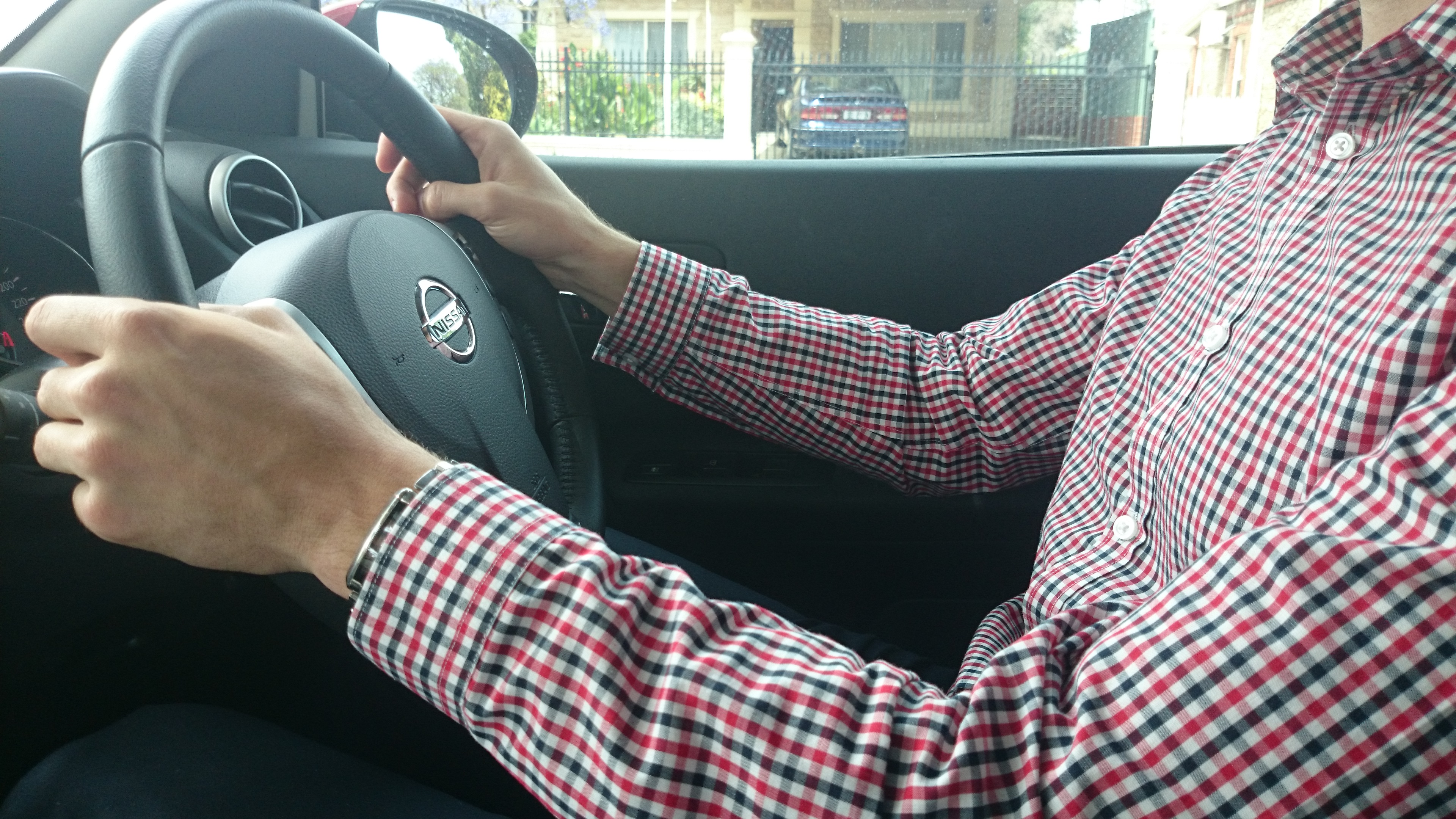
Not “W” and “N” pictured
N was sitting in a slouch position. He felt that the reclined position would better spread his body weight across the seat and lessen any strain on one specific area. He also felt that his arms were freer to steer better. However, for N, this slouch position was causing a significant C-Curve or forward flexion of his back which was triggering spasms in his back, glutes, hips and down his legs. Obviously, this was a massive contributing factor to his pain.
N needed to sit more upright. His most comfortable position was with an angle between 100-110 degrees between the seat pan and the backrest. We also added a special cushion for better lumbar support and a vibration reduction cushion to reduce as much compounding impact as possible so the muscles weren’t going into spasm to protect him. We also moved N closer to the steering wheel. These changes were able to reduce the load on his shoulders when steering, and significantly reduce the strain on his hips and legs when reaching for the pedals.
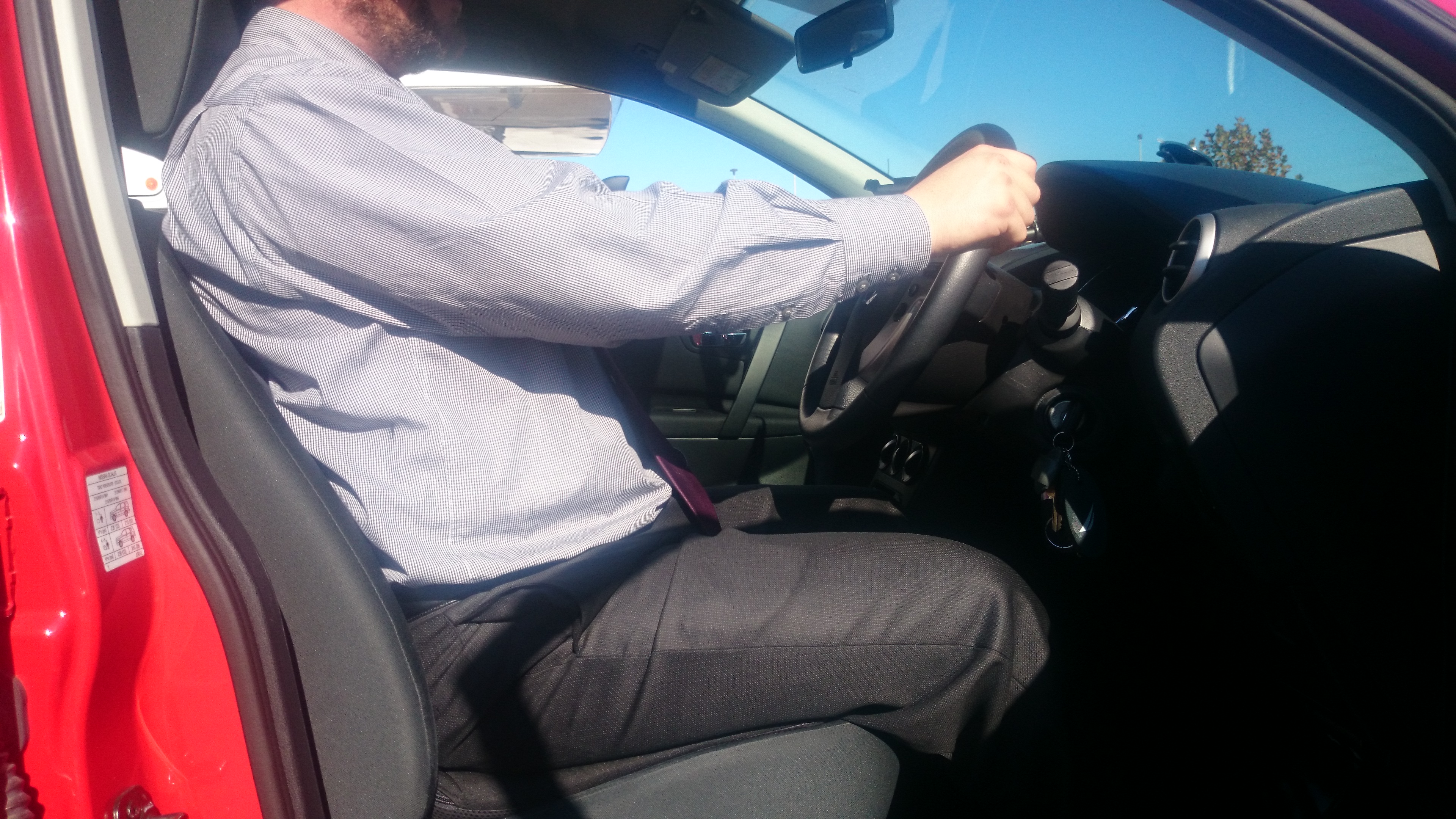
Not “W” and “N” pictured
W and N are now also both on individual return-to-drive programs. And, already, we are seeing greater tolerance of their muscles, and also mental tolerance, as they increase the distances they are able to drive after so many years of only driving short distances. Both are certainly enjoying a life with independent community mobility, again.
SUMMARY
This blog has shown how debilitating back pain doesn’t have to continue to cause driving pain and prevent you from carrying out everyday activities. Rather, by taking action, an individualized assessment and rehab program can make significant improvements to pain management and driving technique.
As a result, Williams Occupational Therapy’s solution for these cases included amended driving styles, seat ergonomics, and an individual return-to-work program.
Your 5 tips – Try them for yourself.
- Try and increase the gap to the car in front and apply the brake sooner to reduce back pain. Do you notice the tension in your shoulders decreases? It will help the back too. Give it time.
- Alter your seat position to reduce back pain. Play around with it, up, down, closer, etc. But mainly, don’t sit too far away from the steering wheel, or have your arms too straight. Reaching for the wheel significantly increases back pain. Did you know that most new car’s steering wheels go up and down, but also in and out telescopically? Try it and see.
- Break the drive up to decrease back pain. Take a regular rest break at least every two hours, and when you do, stand and go for a walk to get blood flow back into you back and buttock area.
- Try a cushion under your buttocks to take out some of the vibration of the road to reduce back pain? Williams OT has found a supplier for what we think is the best cushion for drivers for this purpose. The Williams OT Memory Foam Cushion is contoured to the seat and legs, supporting the legs and distributing body weight. It has a non-slip back and easy-wash cover. If you want to trial one for a period of three days to see how wonderful this cushion really is, contact admin@williamsot.com with the subject heading cushion and we will make arrangements to get one to you.
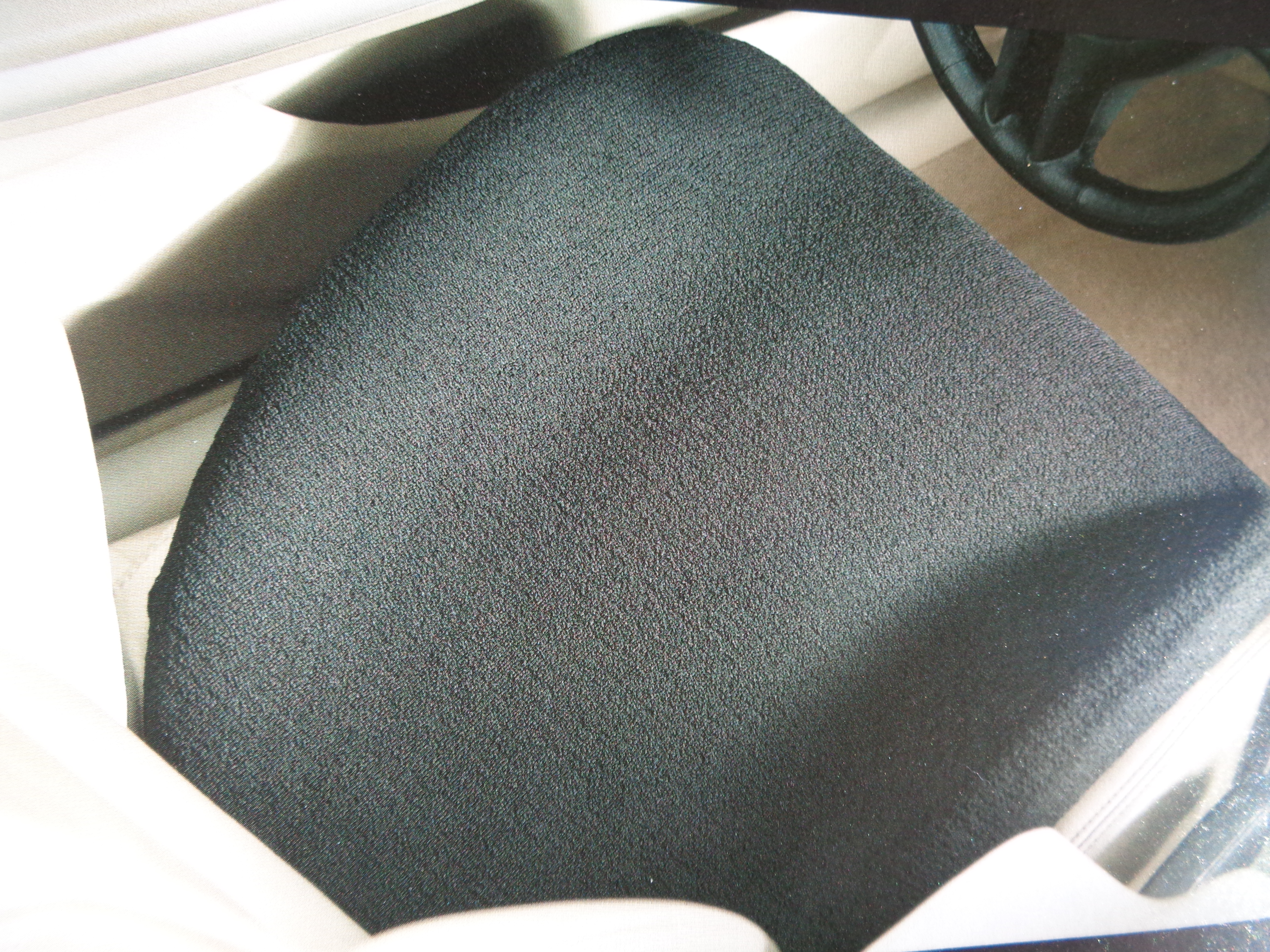 Williams OT Memory Foam Cushion
Williams OT Memory Foam Cushion
5. And of course, if you need an individualized assessment and rehabilitation program contact us now on 08 8125 5316.
